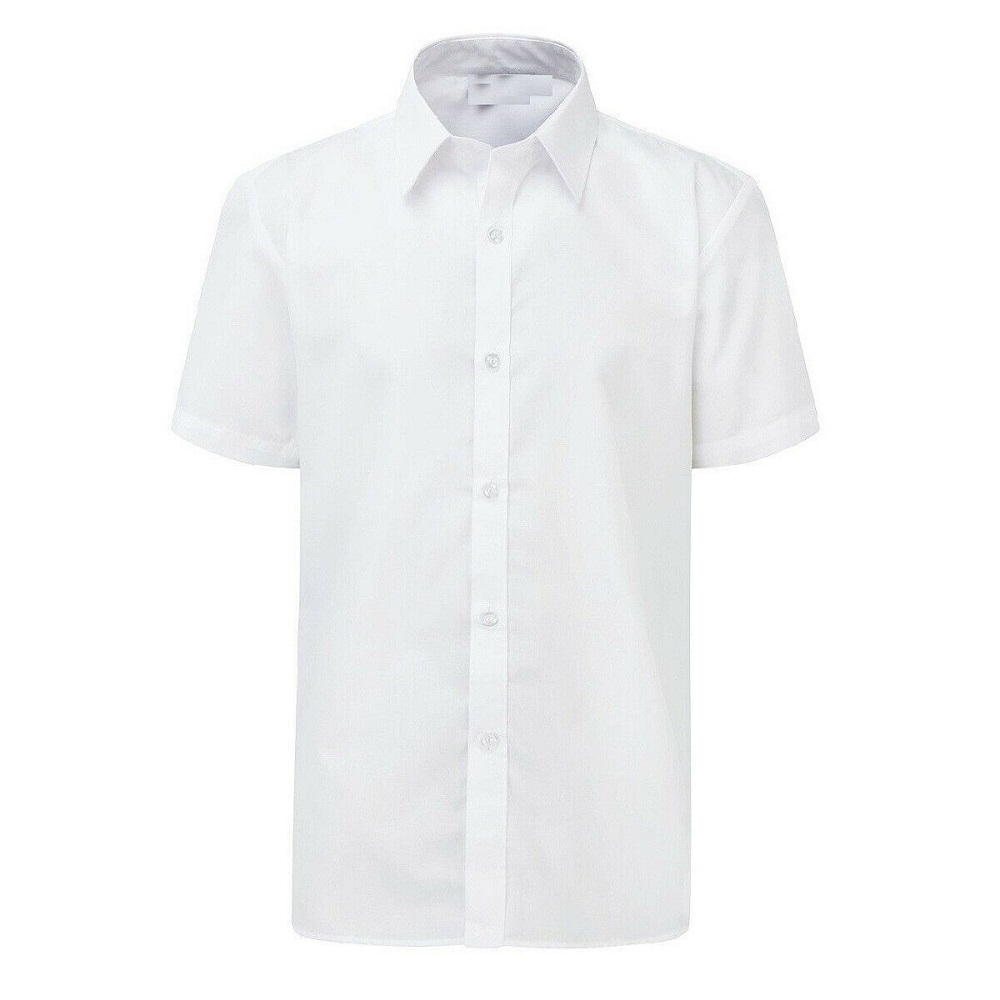The white shirt is an enduring staple in fashion that has transcended eras, styles, and social strata. Once considered a symbol of purity and formality, it has evolved into a canvas for creativity and self-expression. The versatility of the white shirt allows it to complement any wardrobe, making it a timeless essential. This article explores the rich history and evolution of the white shirt, tracing its journey from a classic piece to a contemporary wardrobe staple.
The Origins of the White Shirt
Early History and Cultural Significance
The white shirt’s origins can be traced back to ancient civilizations. In Egypt, white linen garments were worn by the elite to signify status and wealth. Similarly, in ancient Greece and Rome, light-colored tunics were favored for their coolness and comfort in warmer climates. The simplicity of the white material signified purity and cleanliness, elements that were valued in these early societies.
In the Middle Ages, the white shirt evolved into an undergarment. Typically worn beneath layers of clothing, it was not seen by the public. Made from linen, these early shirts were simple and functional, providing an essential layer for warmth and comfort. The use of white linen as an undergarment highlighted hygiene, as white fabrics could easily be washed and bleached.
Distinction of Class
It wasn’t until the 17th and 18th centuries that the white shirt began to emerge as a symbol of social status. In the courts of Europe, wealthy men adorned themselves with elaborate white shirts, often decorated with ruffles or lace. The more intricate the design, the greater the wealth and standing of the wearer. The white shirt became a signifier of class and refinement in society.
Women also began wearing white shirts, though they were often more decorative and embellished. By the 19th century, the industrial revolution and the rise of ready-to-wear clothing made the white shirt more accessible to the masses. The garment began to shed its exclusive association with the upper class, becoming a staple for individuals across various social standings.
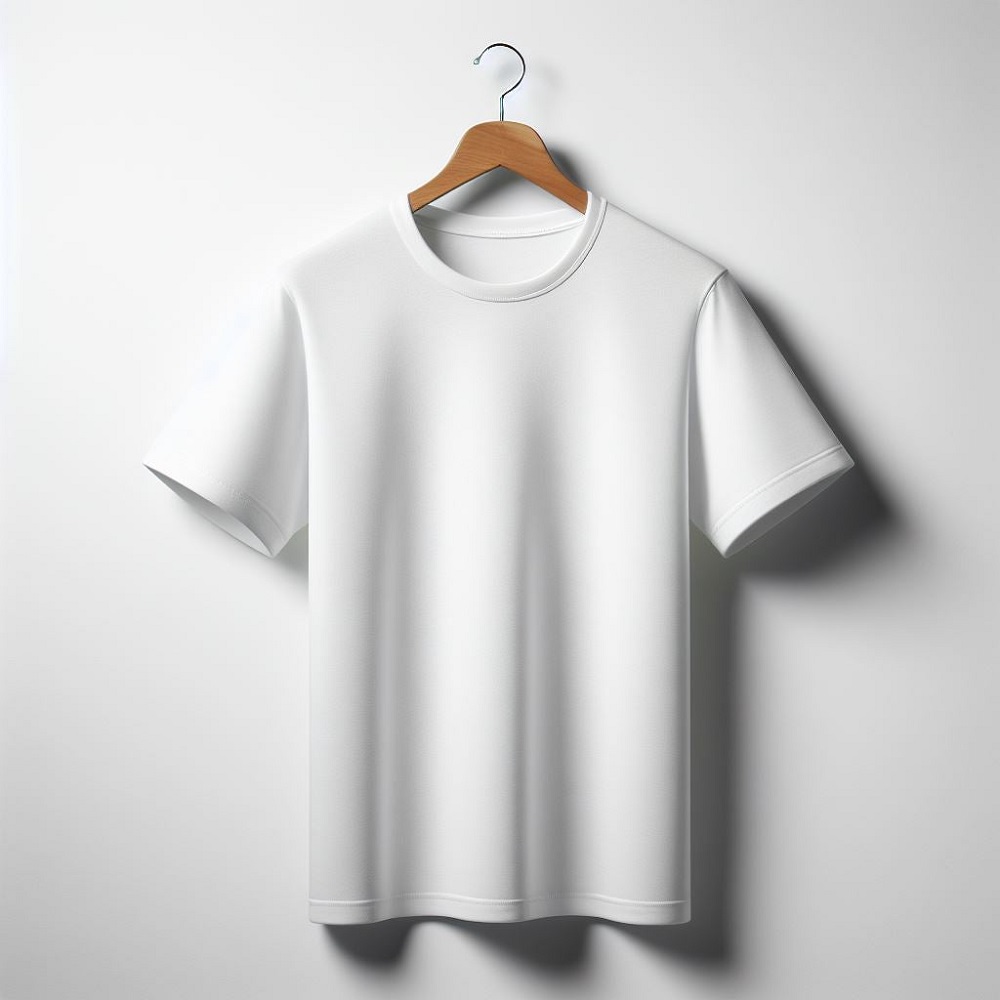
The Shirt in the 20th Century
The Rise of Formal Wear
The early 20th century saw the white dress shirt solidify its place in men’s formal wear. Crisp white shirts became standard attire for business and formal occasions. Tailored white shirts adorned with stiffer collars were often worn with suits. These garments represented professionalism and authority and were designed to convey a polished appearance.
In the 1920s, the white shirt gained prominence in women’s fashion as well, often styled with feminine silhouettes. Flapper dresses of the era featured white blouses that emphasized the contrast between the loose-fitting dresses and the structured shirts. This movement reflected a shift towards more liberated and expressive clothing for women, enabling them to combine traditional elements with modern aesthetics.
The Influence of Iconic Figures
Throughout the decades, the white shirt was uplifted by notable figures in history. Personalities such as Coco Chanel revolutionized women’s fashion by incorporating white shirts into chic outfits. Her designs married elegance with ease, making the white shirt a versatile piece for women. This transformation inspired generations of women to adopt the shirt as an essential item.
In the world of film, movie stars like Audrey Hepburn and Marlon Brando popularized the white shirt. Hepburn’s classic look in “Breakfast at Tiffany’s,” featuring a tailored white shirt with a sleek little black dress, showcased the shirt as a timeless accessory. Similarly, Brando’s rugged portrayal in “A Streetcar Named Desire” marked the white shirt as a symbol of masculine allure. These iconic representations solidified the shirt’s place in popular culture.
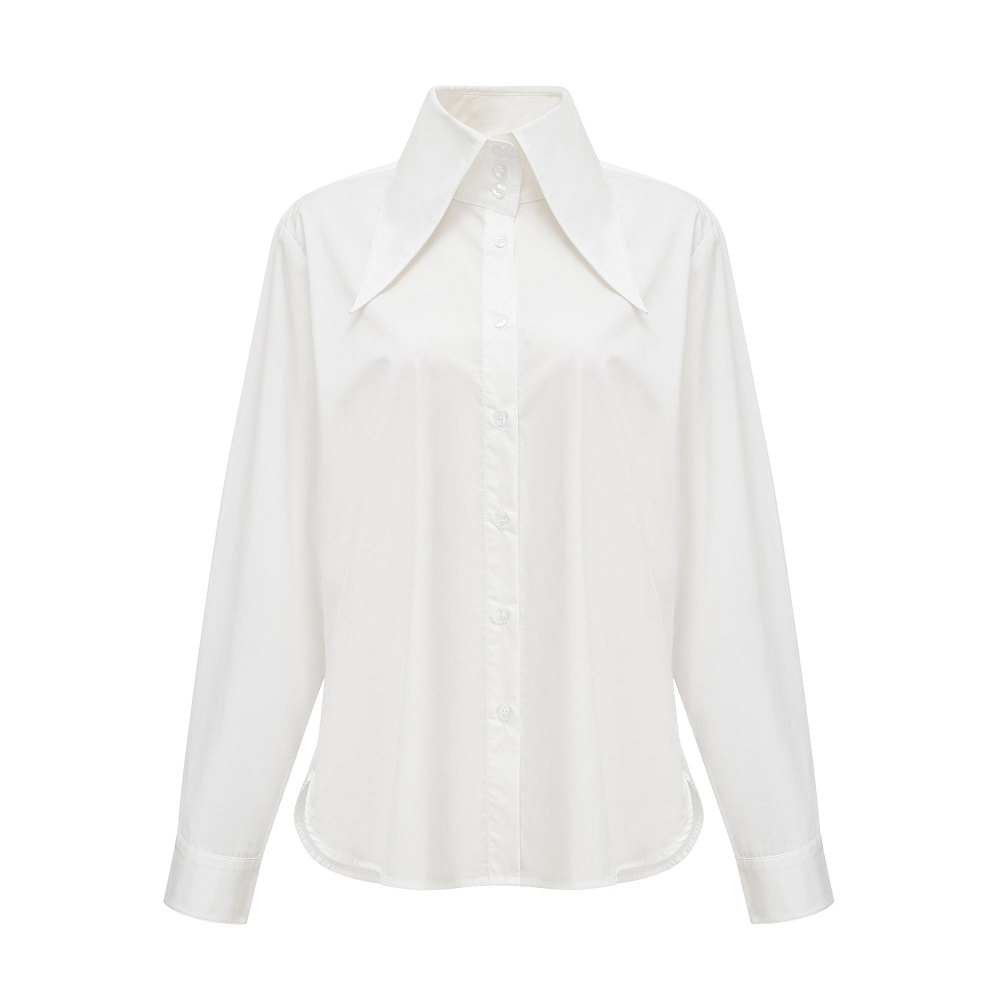
The Shirt’s Adaptation in Casual Wear
The Shift to Everyday Wear
By the 1970s and 1980s, the white shirts underwent significant transformations. The rise of casual wear and street style led to looser fits and more relaxed designs. Oversized white shirts became fashionable, symbolizing a breakup with the ultra-tailored looks of the past. This transformation democratized the white shirts, making it accessible for everyday wear.
Designers began experimenting with fabrics and textures as well. The white shirt no longer had to be strictly cotton; blends like linen and silk emerged. This diversity allowed individuals to adapt the white shirts to any occasion, from casual outings to glamorous evenings. The versatility of the white shirts flourished like never before as it became a canvas for personal expression.
The Role of the White Shirt in Feminism
During this period, the white shirts also played a critical role in feminist movements. With women entering the workforce in droves, the shirt became a symbol of empowerment. Its simple design allowed for easy styling, contributing to the development of a “power dressing” aesthetic. Women wore tailored white shirts with blazers and trousers, embodying confidence in business settings.
Celebrities and influential figures were often seen wearing white shirts to support the feminist cause. This led to further discussions surrounding women’s rights and workplace equality. The white shirts turned into a statement piece that could convey strength and determination.
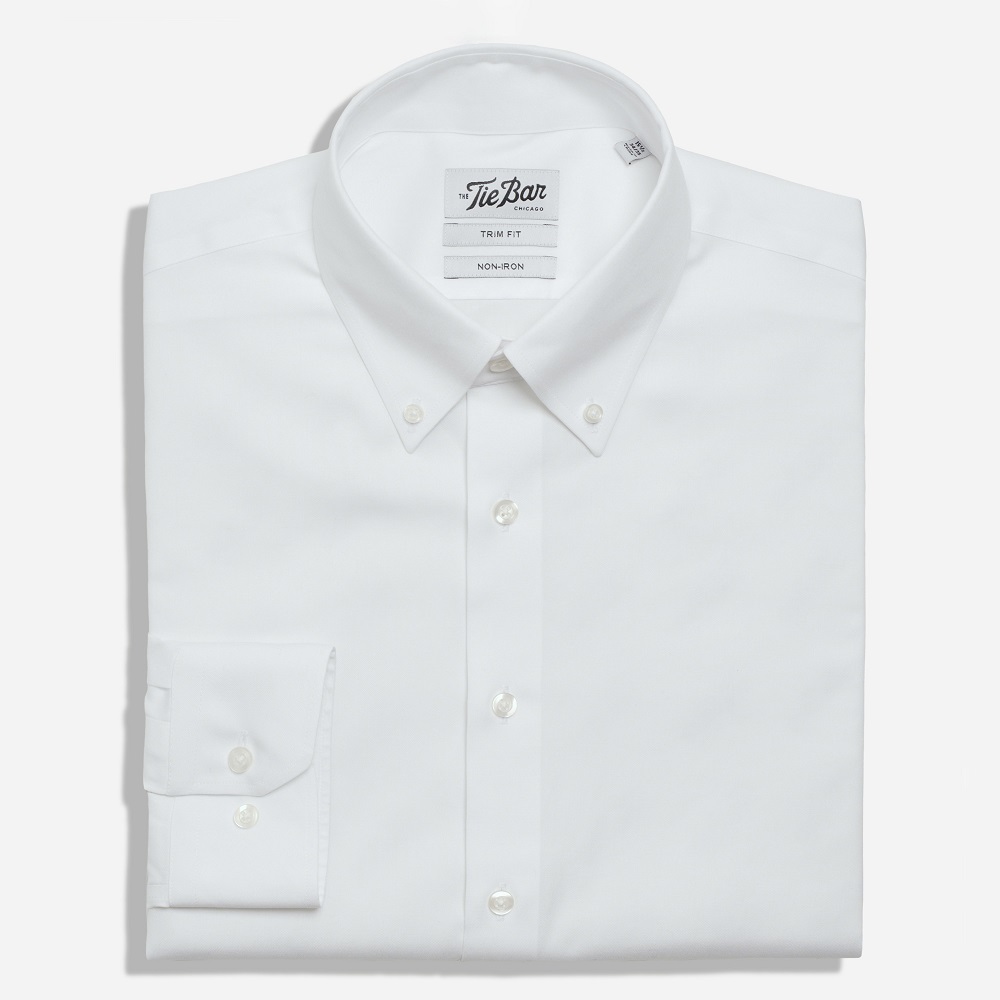
Contemporary Takes on the Shirt
Innovations in Design
In the 21st century, the white shirts continues to evolve. Contemporary designers have embraced creativity, infusing new life into the classic staple. Innovative designs often incorporate asymmetrical hems, dramatic sleeves, and unique collars. This ensures that the white shirts remains relevant in modern fashion trends.
For example, oversized white shirts paired with wide-leg trousers reflect a relaxed yet polished vibe. Similarly, structured white shirts with intricate detailing reinvent the classic look, making it suitable for both professional and social settings. The evolution highlights the adaptability of the white shirt to fit various lifestyles and individual aesthetics.
Sustainability and Ethical Fashion
As awareness around sustainability grows, the fashion industry has sought to address its environmental impact. Many brands focus on creating timeless pieces, such as the white shirts, using sustainable and ethical practices. This movement encourages consumers to invest in quality garments that last, steering clear of fast fashion.
Designers also emphasize the importance of classic styles that transcend seasons. By focusing on quality materials and ethical manufacturing, contemporary brands are reviving the white shirts as a staple that aligns with conscious consumerism. The white shirts adapts to modern values while retaining its historical significance.
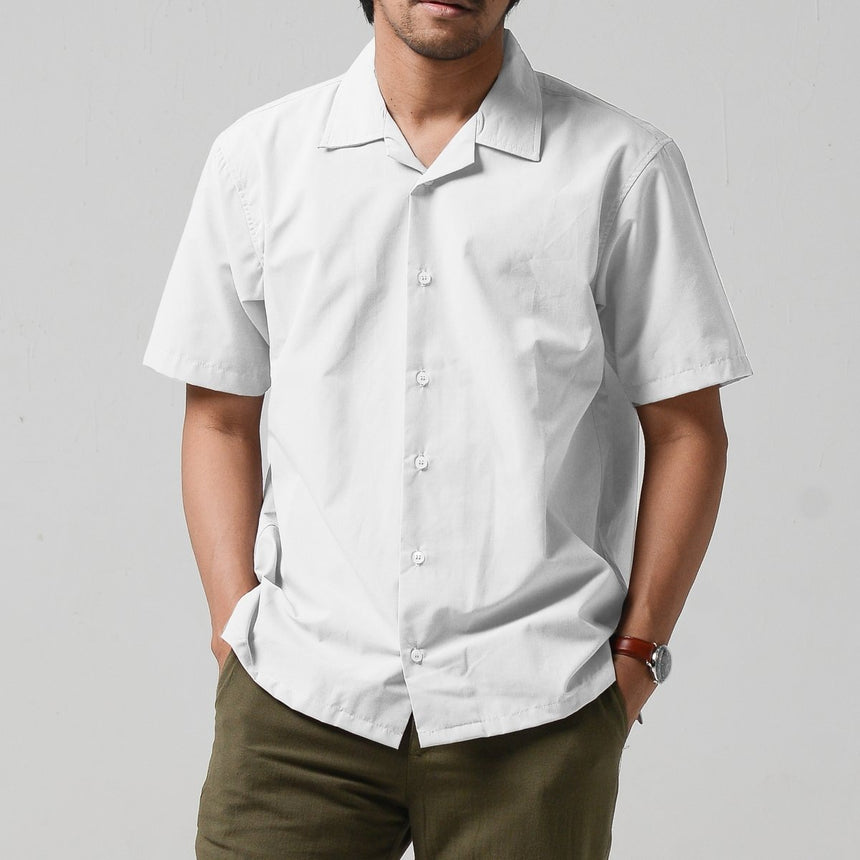
Styling the Modern White Shirt
The Versatility Factor
The modern white shirt is a versatile wardrobe staple that can be styled in numerous ways. Whether opting for a casual look or a more formal appearance, the styling possibilities are endless. For everyday wear, pairing a crisp white shirts with jeans and sneakers creates a chic yet effortless vibe.
To elevate your look, consider tucking a white shirt into a high-waisted skirt, complemented by ankle boots or strappy heels. This pairing highlights the waist while maintaining a polished aesthetic. Additionally, layering with a blazer or oversized cardigan can create dimension and comfort during transitional weather.
Accessories to Enhance Your Look
Accessorizing the white shirt is another area where creativity flourishes. Belts can add definition and structure, transforming a loose silhouette into a more tailored fit. Statement jewelry, such as bold necklaces or oversized earrings, can elevate a simple outfit while providing personal flair.
For those looking to make bolder fashion choices, consider mixing patterns or pairing a white shirt with contrasting textures. For instance, layering a white shirt with a chunky knit sweater can create visual interest. This playful approach embraces the spirit of experimentation that defines modern fashion.
The Cultural Influence of the White Shirt
Political and Social Statements
Throughout history, the white shirt has been used as a symbol in various social and political movements. In the 1980s, the “White Shirt Brigade” formed to protest social injustices, using the shirt to unify participants. This movement demonstrated how a simple garment could represent a powerful message for change.
Additionally, the white shirt has been adopted by many artists and performers as a way to convey rebellion or challenge norms. Musicians in the rock and punk scenes often donned white shirts as symbols of defiance, blending formal wear with their edgy style. This cultural significance elevates the white shirts beyond fashion into a symbol of collective identity and activist spirit.
Representation in Media and Pop Culture
In film and television, the white shirt has been featured as more than just a piece of clothing. Iconic characters who wear white shirts often convey notions of power, innocence, or rebellion. From classical characters in romantic dramas to modern figures in action films, the white shirt has become a visual shorthand for complex narratives.
The versatility of the white shirt allows it to appear in various genres, adapting to the story being told. These portrayals reinforce the idea that clothing can have significant meaning, transcending the fabric itself and becoming part of larger conversations about identity and culture.
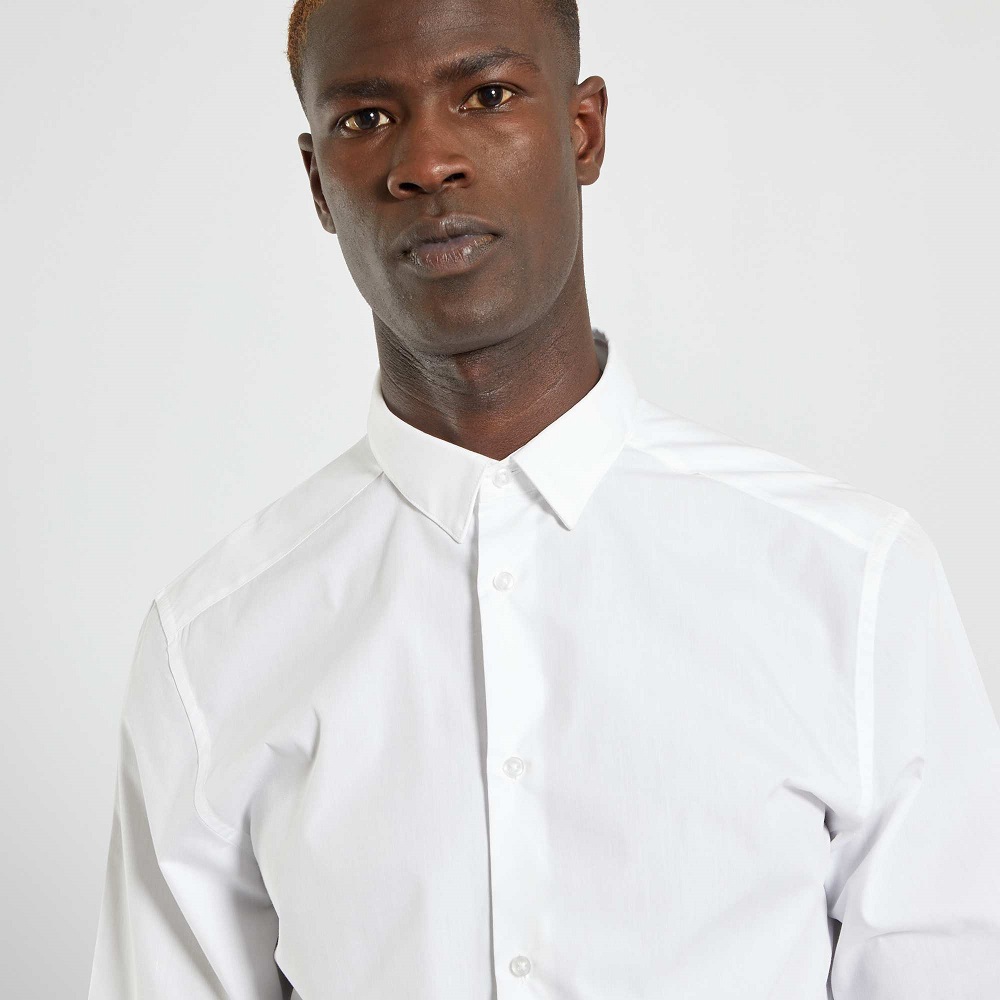
A Timeless Classic
In conclusion, the white shirt has proven itself to be more than just a basic garment; it is a timeless classic that has evolved alongside society. From its origins as a symbol of status to its contemporary status as a canvas for self-expression, the white shirts remains relevant. It embodies versatility and adaptability, catering to a wide range of personal styles and occasions.
As we continue to navigate a changing fashion landscape, the allure of the white shirts endures. Its ability to be reimagined while retaining its core essence speaks to the heart of fashion itself. Modern designers celebrate this timeless piece, allowing it to shine in fresh, unexpected ways.
The white shirt invites each wearer to embrace their unique style, encouraging creativity and confidence. Whether dressed up for formal events or styled casually for everyday wear, it remains a testament to the beauty of simplicity. As fashion evolves, the white shirts will undoubtedly continue to be a staple, reminding us of the power of personal expression through clothing.
